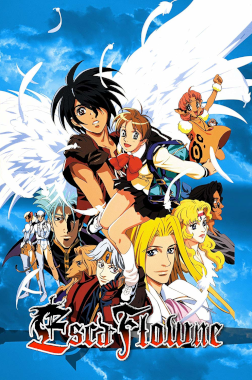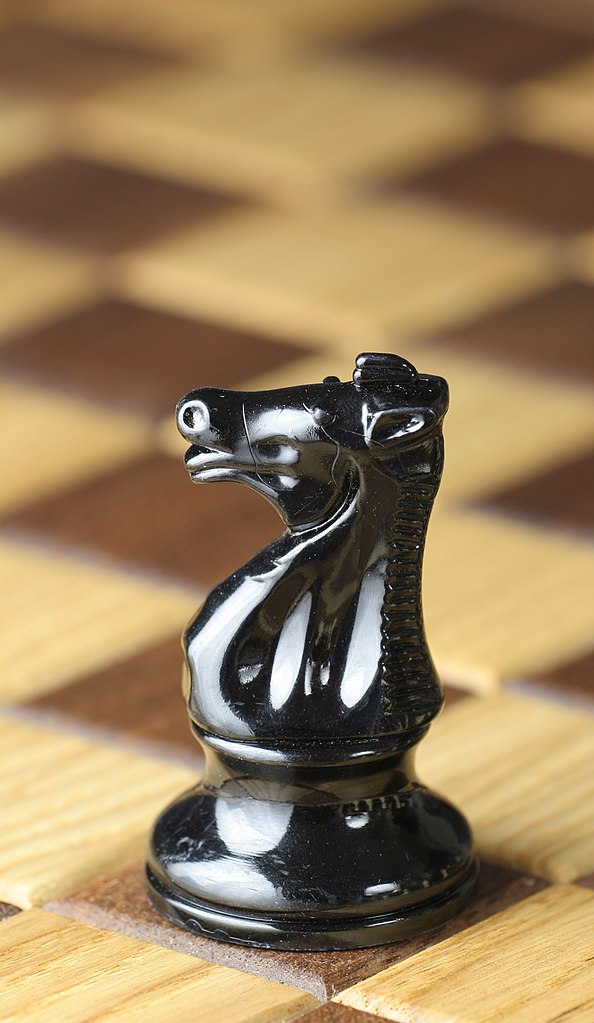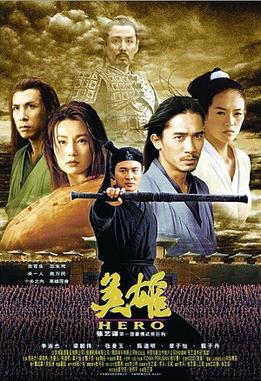This week, I wanted to give a shout out to perhaps the most ambitious barbarian-themed fantasy film produced in the wake of "Conan the Barbarian" (1982), the classic animated Swords & Sorcery yarn, "Fire and Ice":
In "Fire and Ice," the evil Queen Juliana of Icepeak and her sociopathic and totally not gay son, Lord Nekron, seek to conquer the world with dark sorcery by unleashing a seemingly unstoppable glacier. As the glacier nears the last free kingdom of Firekeep, subhuman minions from Icepeak kidnap the scantily-clad Princess Teegra to marry Nekron.
Teegra escapes and meets up with Larn, a handsome hunky barbarian warrior wearing only a loincloth, the displaced survivor of a village destroyed by the glacier. After Larn is knocked unconscious and Teegra is once again kidnapped by the subhumans, we meet the real star of the show, the mysterious badass who's so mysterious that his name is never given in the movie (although he's called Darkwolf in the credits)! Thus, when we watched this flick in the ancient 80s, my friend Chris dubbed him "Cat Dude".
All we ever learn about Cat Dude is that he's a ridiculous badass and an unstoppable murder machine. While Larn is the ostensible hero of the film, Cat Dude is the one who actually gets things done.
Things end up as you might expect from a Swords & Sorcery yarn (hint, it involves Cat Dude's axe and Nekron's chest).
"Fire and Ice" is a basic good vs. evil story and if that's how you judge this movie, it's not very good as the plot is straightforward and the second act drags a bit. However, as collaboration between noted animation director Ralph Bakshi and his long-time friend, the all-time great fantasy illustrator Frank Frazetta, it's metal!
The film is basically a Frazetta painting turned into a movie, which is unsurprising since Frazetta provided the character designs and the fantasy setting. There's many a mighty thew and scantily clad bosom to be found, and the flick is visually stunning, depicting a savage and primitive world filled with horrific monstrosities, weird and wild landscapes, lost ancient civilizations and copious amounts of dark sorcery.
Also notable is the film's use of rotoscoping, in which scenes were shot in live action and then traced onto animation cels, as with Bakshi's earlier adaptation of Lord of the Rings. This provides an amazing sense of realism to the characters' motions.
For comparison, here is actress Cynthia Leake:
And here is Princess Teegra:
So, if you want to see an epic animated Swords & Sorcery yarn featuring barbarians, buxom babes, and lots of things getting murdered, check out this overlooked gem!


















